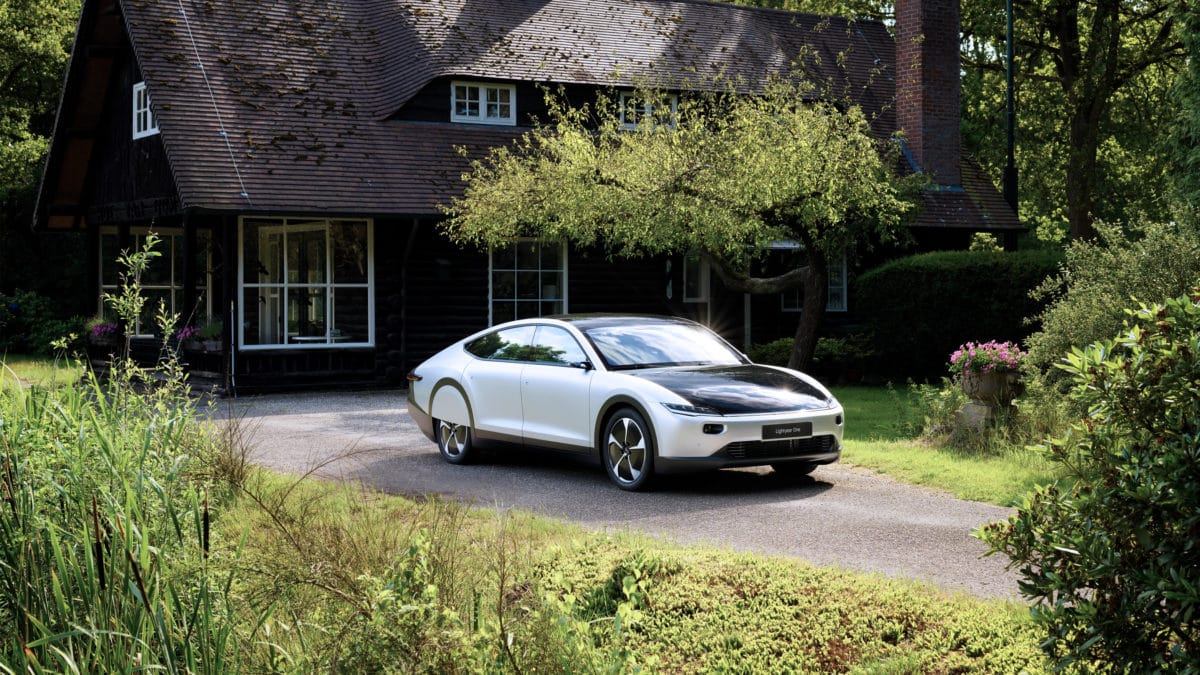“We are partnering with the sun to build better cars”.
It is a simple tagline, cliche maybe but, more than just words, that thought is the mission of Lightyear, a startup from the Netherlands that just released a prototype for the world’s first long-range electric car, the Lightyear One.
We are partnering with the sun to build better cars. Watch the aftermovie of the unveiling of Lightyear One, the world’s first long-range solar car.
Full version here → https://t.co/CuUzhR09ns pic.twitter.com/WG2LznMOL7— Lightyear (@lightyear_cars) June 25, 2019
So, like the tagline, a solar-powered car is a nice thing to hear, but what does that really mean? What it means first and foremost is control over the car’s energy and the guarantee that said energy is clean. With traditional EV, though the car is running only on electricity, there’s no guarantee that the electricity came from a renewable source and frequently the opposite is true. With Lightyear, the consumer knows that the car’s fuel is truly clean, that is when it is running off of solar energy.
That word when is a big designation, as unfortunately it won’t be running solely off of solar for long. While the car boasts a 450-mile range, only 40-50 of those miles will come powered by the sun. Outside of those miles, the car otherwise works as a traditional EV.
While it can function as a traditional EV, Lightyear’s design is anything but. The car is covered by 16 square feet of solar cells behind safety glass. Each wheel is connected to its own electric motor, with each motor powering its corresponding wheel for travel. Under the hood is a battery, noticeably smaller than industry standards due to the assistance it is receiving from the solar panels.
Aesthetically, the car presents an active look at the future of innovation. as you go from front to back, the contemporary grill gives way to a sleek, softly slanting, body. This body features a two-tone white and black balance of solar panels and painted metal in automotive Feng Shui. Oh, and there’s rear wheel covers. Can’t forget the rear wheel covers, they’re just so futuristic.
The company boasts that it has already sold 100 of the prototype, which is expected to begin commercial production in 2021, with reservations available for another 500 units. For those interested, the starting manufacturer’s suggested retail price clocks in at a casual $136,000.
For the company, the switch to EV and even more so solar-powered cars is one that comes more from necessity than it does novelty. this sentiment is echoed by Lightyear CEO and co-founder, Lex Hoefsloot:
Climate change is such a frightening development that it’s almost paralyzing. We decided to do the opposite; as engineers, we believed we could do something. Lightyear One represents an opportunity to change mobility for the better.
This content is protected by copyright and may not be reused. If you want to cooperate with us and would like to reuse some of our content, please contact: editors@pv-magazine.com.









What type of solar module is being used? Crystalline Silicone or a light weight, multi-junction, impact resistant, flexible Thin-Film solar module.
Probably a multi junction from a company like Alta Devices – https://pv-magazine-usa.com/2018/12/17/look-in-the-sky-is-it-a-bird-is-it-a-plane-no-its-solar-power/